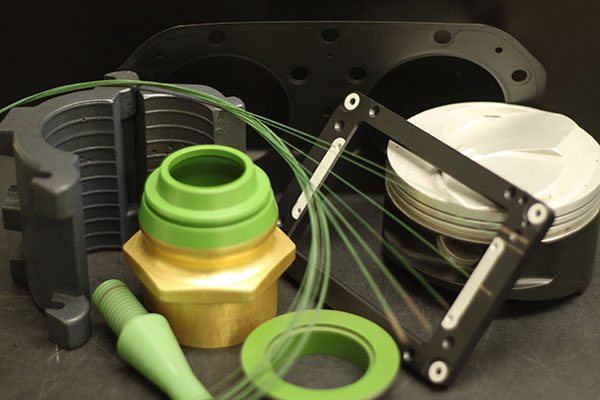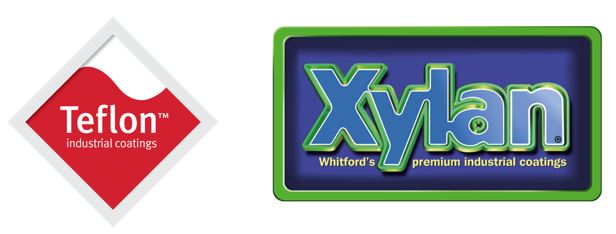
When Is FEP the Best Fluoropolymer Option?
Convenient coating methods make FEP a versatile, high-release option.
FEP coatings are excellent fluoropolymer options for applications that require chemical resistance, high release, and non-stick properties. FEP, or Fluorinated Ethylene Propylene, is usually applied with a primer and a powder or water-based liquid topcoat.
FEP coatings are non-porous because of the thorough melt and flow during baking, making them one of the most chemically inert plastics. These coatings are quite desirable because of the flexibility of fabrication techniques and the versatility of coated substrates. FEP film can be easily cut, thermoformed, heat sealed, and welded for applications such as diaphragms, gaskets, protective linings, or thermoformed containers.
In addition to low friction, FEP coatings have excellent nonstick properties. However, one limitation is the low maximum “continuous use” temperature. That maximum temperature is 400° F (204° C), and above that temperature, the coatings begin to flake.
Growing Markets
FEP fluoropolymers (Teflon coatings™ or Xylan coatings®) have become a popular choice for industrial bakeware because they eliminate the time, cost, and effort of using oils to perform the same function. There are several options for FDA-compliant FEP coatings that are acceptable for direct contact with food, and breads and cookies bake at around 300° F, well below the 400° F (204° C) maximum continuous use temperature.

Some other growing markets for FEP are molding processes, electrical components, and outdoor applications. The molding industry is turning to FEP for similar reasons to the baking industry, where FEP eliminates the need for oil as a release agent. Applications include coating both the molds themselves and molding components such as glue pots.
FEP’s excellent dielectric properties make it an in-demand coating for flexible cable insulation and electronic components for computers and aerospace. An FEP coating is also resistant to degradation from weather and sun exposure, so more outdoor applications are turning to FEP in recent years.
FEP Application Tips:
- Keep FEP powder agitated with air. Powder has a tendency to clump up or spit out large amounts periodically.
- Always maintain correct temperature when curing and for the complete recommended duration. Confirm temperatures with a data logger when possible.
- Consider preheating parts before coating, especially if you are applying multiple topcoats.
One tradeoff FEPs have is that they tend to be a bit “softer” compared to other fluoropolymers. FEP coatings have high impact resistance but are a little less durable in high-volume, high-friction applications than other fluoropolymer options.
Because there are so many factors to consider with FEP and other fluoropolymers, gun adjustment and application experience is invaluable. We have many experts here at Crest Coating, who have decades of experience, and we pull knowledge from many different areas. Fill out this quick form today and we can help select the right product for your job.